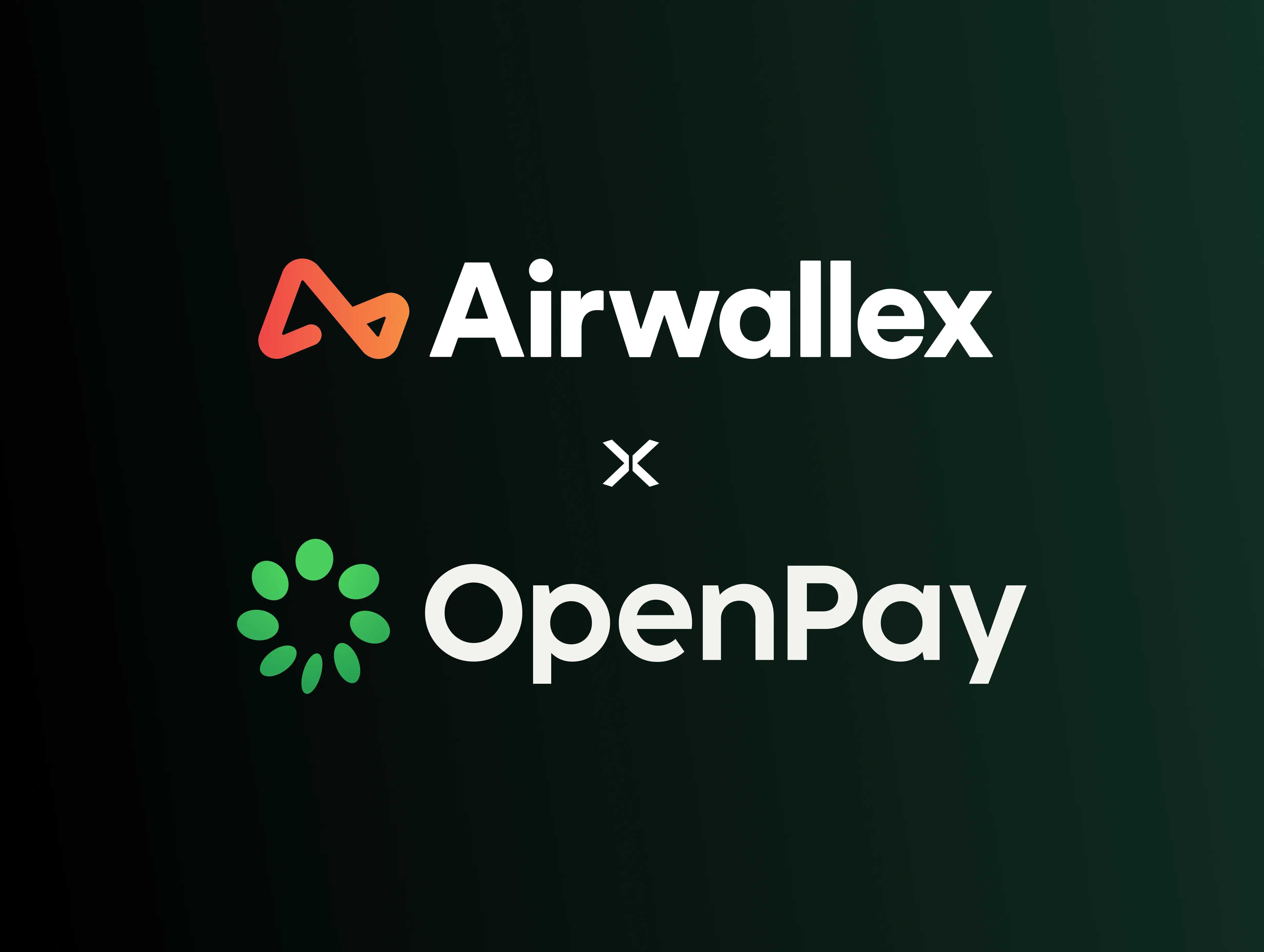Every SaaS founder has a million things on their plate - building products, acquiring users, scaling infrastructure. Amid the chaos, it’s easy to treat payments as a “set it and forget it” task. In the early days, you just want to charge customers and move on. But as your business grows, cracks in your payment setup can quietly start to drain revenue.
This post unpacks five common mistakes founders make with payments, and how to avoid them before they become expensive.
1. The “Set It and Forget It” Stripe Trap
Nearly every SaaS startup begins with Stripe, and for good reason. It’s fast to set up and developer-friendly. But that default can become a trap. The problem isn’t Stripe itself - it’s the inertia that follows. Founders plug it in, leave the default settings as is, and rarely revisit their payment strategy. Over time, this hands-off approach starts to cost.
Fees can add up quickly. Stripe’s base rate is 2.9% plus $0.30 per transaction. As your business grows, you’re likely to add other services like Stripe Billing at 0.7%, Stripe Tax at 0.5%, international card fees at 1.5%, and currency conversion at 1%. Combined, your actual cost could be well above 2.9%. In the early days, that extra percentage might feel negligible, but once you’re processing over $1 million annually, those fees can add up to five or six figures.
So what’s the solution? The key is not to get complacent. As a founder, you need to audit your payment stack regularly. Understand what you're paying, not just to Stripe, but to the entire ecosystem of tools built around it. Many at-scale companies negotiate custom rates with Stripe or bring in a second payment processor to lower costs using a strategy called payment orchestration. We’ll dive into that next.
2. Ignoring Payment Orchestration
Payment orchestration might sound technical, but it’s actually pretty simple. Instead of using just one payment processor like Stripe, you connect to multiple processors and route each payment to the one that works best.
To understand where this could matter, consider the following scenario. You start your business in the US and set up Stripe to accept credit card payments. Everything runs smoothly, until you expand to other countries like Brazil or Singapore. Suddenly, sales drop, customers can’t pay, transactions fail, and support emails pile up. This happens because Stripe’s international credit card acceptance rates are often lower than those of more globally optimized processors. Relying on Stripe alone can lead to more failed transactions or higher fees to process the same cards, both of which quietly chip away at your revenue.
This is where payment orchestration helps. It lets you connect to multiple processors and route each transaction through the one that is cheapest, fastest, and most likely to succeed based on the customer’s location and payment method. For example, use Stripe for US credit cards, Adyen for European transactions, and Airwallex for Asia-Pacific. A strong payment success rate means about 95% or more of your transactions should succeed, and improving that by even a few points can add tens of thousands in revenue every month.
3. Involuntary Churn
For SaaS businesses, not every cancellation is voluntary. A large portion of customers churn not because they want to, but because their payment fails. Maybe their credit card expired, hit its limit, or got flagged by the bank. Either way, you're losing customers who didn’t actually intend to leave.
Many founders brush this off as something to fix later because it feels like a small problem at the start, but that delay can be costly and it’s not a small problem. According to Stripe’s State of Subscriptions report, up to 30% of churn in SaaS businesses is involuntary. That means for every 10 customers who churn, 3 didn’t mean to stop using your product.
Most companies do the bare minimum to combat this. They might send a single, generic “your payment failed, update your card” email but that’s rarely enough to win the customer back. The real solution is a strong dunning process. The term might sound complex but it's simple. It is the system you use to follow up on failed payments and try to recover them before canceling the customer. A good dunning setup retries the charge several times, spaced out intelligently. For example, a few days later, after payday, or at times when banks are more likely to approve transactions. It also includes a short sequence of friendly, well-timed emails with a direct link to update payment information. No friction. No digging through settings.
If your current approach is canceling after one failed attempt or worse, doing nothing, you’re leaving money on the table. That’s why investing in a solid dunning system is worth it. It can help you recover up to 70% of lost revenue from failed payments, and once it’s in place, it pretty much runs on autopilot.
4. Chargebacks
A chargeback happens when a customer disputes a charge with their bank, often because they don’t recognize it, and the bank pulls the money back from your account. For SaaS companies, this is a quiet but dangerous form of revenue leakage. It usually starts with something small. Say your product is called FlowTrack, but the billing statement says FT Holdings LLC. The customer doesn’t recognize it, assumes fraud, and disputes the charge. Now you're out the money and hit with a fee. Stripe charges $15 per chargeback, PayPal about $20 - both nonrefundable, even if you win. These fees can add up fast.
But the real danger isn’t just the fees. Too many chargebacks flag your business as high risk, which can lead to frozen funds, paused payouts, or even account shutdown. This isn’t rare. Founders on Reddit regularly report losing access to Stripe overnight, often from a few confused customers.
The good news is it’s preventable. Many SaaS companies now use tools that help prevent chargebacks and make it easier to fight them when they do happen. One example is Chargeblast, which offers two powerful features:
1. Pre-dispute alerts monitor transactions in real time and notify you before a chargeback officially hits. If a customer flags a charge as suspicious, Chargeblast alerts you so you can clarify, refund, or resolve the issue before it escalates. One merchant saw Stripe chargebacks drop by 90% after enabling alerts.
2. Automatic responses kick in if a dispute goes through, submitting strong evidence like IP logs, session data, screenshots, and timestamps through programs like Visa Compelling Evidence. This saves time and significantly boosts your chances of winning. If you win, Stripe typically waives the 15 dollar fee.
Chargeblast works out of the box with OpenPay, no extra engineering lift on your end!
5. Too Many Payment Tools
As your SaaS business scales, you start cobbling together a growing list of point solutions. Stripe for payments, Retain for dunning, Chargeblast for chargebacks, ChartMogul for subscription analytics, and maybe even a few custom scripts for trial logic or proration. Each solves a slice of the problem, but together you are left with a bloated, fragile mess that is hard to maintain and even harder to scale. Data does not always sync cleanly. Numbers do not match across dashboards. And you are the one left managing the chaos. Then you hire a payments engineer, and then another, and soon enough, you have a big team just to make sure money is coming in. Over time, this sprawl of tools, fees, and developer hours quietly eats into your margins, often costing 10% to 15% of your revenue just to collect revenue. That is not good. Larger companies can absorb this, but most startups cannot.
Reinventing SaaS Payments with AI: Why We Built OpenPay
OpenPay was born out of firsthand experience with the frustrations of SaaS payments. Founders were stitching together billing tools, patching broken dashboards, and chasing failed payments. They needed a better system - so they built one. OpenPay is an all-in-one payments and billing platform designed to help SaaS businesses maximize revenue. It brings together everything needed for modern payments: payment orchestration, billing, dunning, chargeback management, analytics, and more. No more juggling multiple tools or hiring a dedicated payments team. The goal is simple: make payments something founders don’t have to think about.
For startups, OpenPay sets up the full stack from day one. It connects to multiple processors and uses AI to route each transaction through the one most likely to succeed at the lowest cost. It also runs AI-powered dunning flows to recover failed payments, manage chargebacks, and provide clear, real-time revenue insights. Pricing stays low and predictable, and the same setup scales as the business grows.
For more established companies, OpenPay layers seamlessly on top of existing processors with no rebuild required. It adds real-time dashboards for MRR, churn, and other key metrics—many customers even use them as investor updates with no extra work. With smart dunning, chargeback support, and intelligent routing, processing fees go down while revenue goes up.
Curious to see how OpenPay could work for you? Book a call.












